Attention spans are getting shorter and shorter by the day. Start-up owners and new entrepreneurs often find themselves in a race to grab the attention of their ideal customers. Some founders heavily invest in perfecting their custom logo design, while others pour energy into crafting an entire brand identity. Yet one thing that gets majorly overlooked is character design.
Character design isn’t limited to children’s books or cereal boxes. For business owners who want to make a mark in the market through emotional connection, a well-developed character design can be a game-changer. It gives your brand a face, a voice, a personality, and a heartbeat—something even the most polished, custom-built logos can’t always pull off. In this section, we’ll explore why character design is a hidden gem in startup branding strategy and how you can unlock its full potential.
Key Takeaways
- Character design builds emotional connection faster than traditional branding elements, helping startups humanize their products and engage users on a deeper level.
- A strong character is more memorable than a logo, offering a visual hook that people recognize, relate to, and share, especially in crowded industries like fintech, edtech, and healthtech.
- Characters are highly versatile and adaptable across platforms, from websites and tutorials to social media, merchandise, and even NFT or comic book cover design.
- Early-stage startups don’t need huge budgets to get started, clarity of purpose and working with the right custom illustration service or illustration design services can bring a brand character to life effectively.
- Successful brands like Notion, Slack, and Duolingo demonstrate that visual storytelling and personality-driven design can turn tools into lovable experiences.
- Consistency is key once developed, your character should be used across all brand touchpoints, including onboarding, email campaigns, packaging, and even your book cover design or pitch decks.
What Is Character Design in Branding?
Character design involves creating a unique figure, whether realistic, stylized, or abstract, that represents your brand’s personality and core values. It acts as a living extension of your identity. This might be a quirky illustrated mascot, a fictional spokesperson, or an animated assistant embedded within your product.
While many startups focus on standard visual identity elements like logos, typography, and color schemes, adding a character introduces an entirely new layer. It delivers emotional storytelling, human warmth, and a distinctive edge in an otherwise uniform digital landscape, especially when brought to life through professional illustration design services.
Why Modern Startups Should Pay Attention to Character Design
Startups operate in one of the most competitive environments imaginable. The challenge isn’t just to look good, it’s to be remembered. And this is where character design shines.
1. It Humanizes Your Brand Instantly
In a sea of faceless tech startups and sterile SaaS websites, a character gives your brand a human touch. Whether it’s a wise owl, a curious robot, or a bold dog, a character connects with your audience on an emotional level. People are naturally drawn to faces and stories not just features.
For early-stage startups, this approach can be a game-changer. It builds an emotional bridge between your product and your users, transforming what could be a purely transactional experience into something more personal and lasting.
2. It Creates a Visual Hook That Sticks
While logos may be memorable, characters are truly unforgettable. From Mailchimp’s cheeky Freddie to Duolingo’s persistent owl, some of the most recognizable brands have become famous for the characters they’ve introduced.
A strong character gives your brand a face that users remember, relate to, and even talk about. In saturated industries like fintech, healthtech, or edtech, this can be your edge, especially when brought to life with the support of a quality 2D Illustrations Service or enhanced with a stylized 3D character illustration.
3. It’s Incredibly Versatile Across Platforms
One of the most valuable aspects of a brand character is how flexibly it can be used. You can integrate a character into:
- Website UX
- Product tutorials
- Social media content
- Email campaigns
- Product packaging
- Merchandising
- Even comic book cover design or NFT drops for digitally native brands
Unlike logos, which are often static, characters evolve. They can move, speak, and grow, making them a perfect fit for brands with dynamic identities or expanding product ecosystems.
Examples of Character Design Done Right
You don’t have to be a billion-dollar brand to invest in character design. Even early-stage startups can use it effectively.
- Notion uses soft, abstract characters throughout its onboarding and feature pages, reinforcing simplicity and friendliness.
- Slack’s icons and animated characters give life to team collaboration, turning a utility tool into a fun brand.
- Startups in education and wellness often use mascots or illustrated guides to make complex or sensitive topics more approachable.
What do these brands have in common? A clear personality brought to life visually, with the help of custom illustration services that truly understand brand storytelling.
How to Create a Character for Your Startup
You don’t need Pixar-level animation skills or a massive budget to start. What you need is clarity.
1. Define Your Brand’s Voice and Role
Is your brand playful or professional? Curious or confident? Use your tone of voice and archetypes to help guide your character’s personality.
2. Choose a Purpose
Is your character a mascot, a tutorial guide, or a recurring voice in your content? Define where and how it will be used.
3. Collaborate with Professionals
Partnering with illustrators or a custom illustration service can save time and bring polish. These services specialize in branding and can help shape a character that aligns with your mission and speaks to your audience.
4. Keep It Consistent
Use your character everywhere your brand shows up, from onboarding screens to packaging, pitch decks, and even your startup’s book cover design if you’re publishing thought leadership.
Final Thought: Design a Brand People Can Talk To
In today’s world, branding is about more than looking professional. It’s about building relationships. Character design lets your brand speak, feel, and live in a way that logos and taglines simply can’t.
For startups that need every edge to break through, this is a bold, creative, and cost-effective way to make people care and remember.
If you’re considering a rebrand or launching from scratch, don’t just look for a custom logo design firm. Consider working with a creative studio that specializes in illustration design services and brand storytelling. One great character could be your startup’s most valuable asset.
FAQs
1. Do I need a big budget to create a brand character for my startup?
No. You can start small with a clear concept and work with a custom illustration service that fits your budget. Great characters come from strong ideas, not just big spending.
2. How is character design different from a logo?
A logo is a static symbol, while a character adds personality, emotion, and storytelling to your brand. It can interact with your audience across platforms in a way a logo cannot.
3. Can a character help my startup stand out in a crowded market?
Absolutely. Characters like Mailchimp’s Freddie and Duolingo’s owl prove that character design can make brands unforgettable, even when the product itself isn’t unique.
4. Where can I use my brand character?
Your character can be used across website UX, product tutorials, social media, email marketing, packaging, and even comic book cover design or NFT campaigns.
5. What if I’m not sure what my character should look like?
Start by defining your brand’s tone and role. Then, collaborate with professionals from an illustration design service to develop a character that aligns with your message.
6. Should I use my character in all my branding materials?
Yes. Consistent use builds recognition and trust. Use it across onboarding, pitch decks, merchandise, and even your custom logo design if it fits your brand identity.

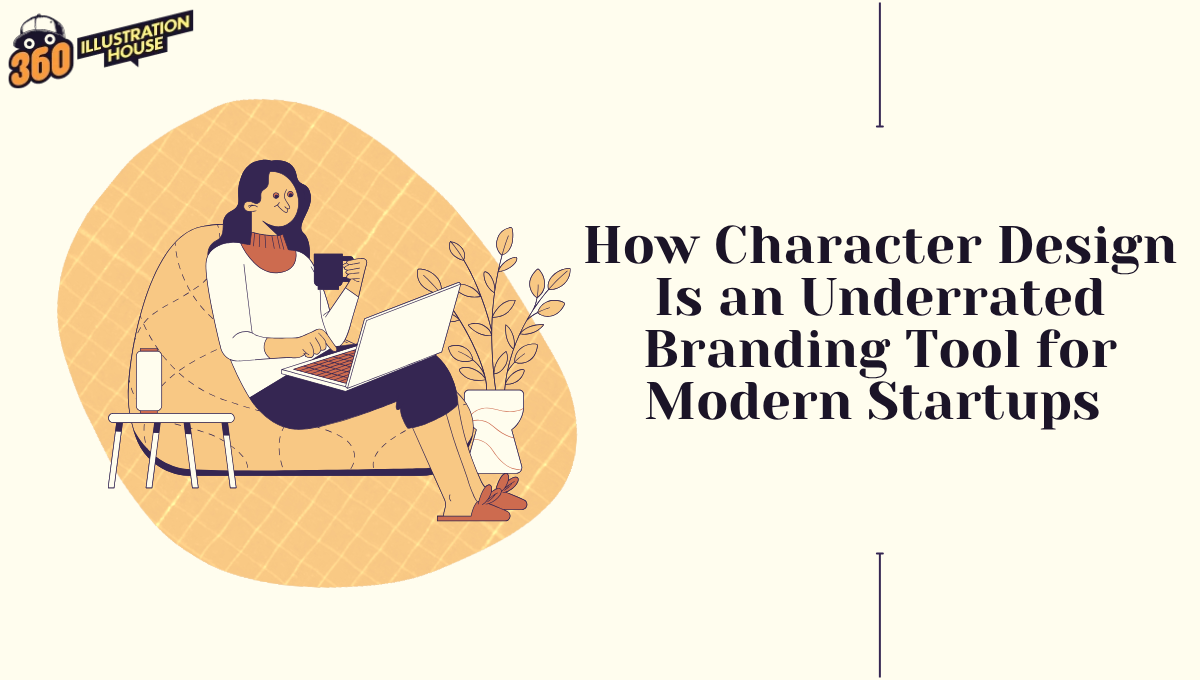
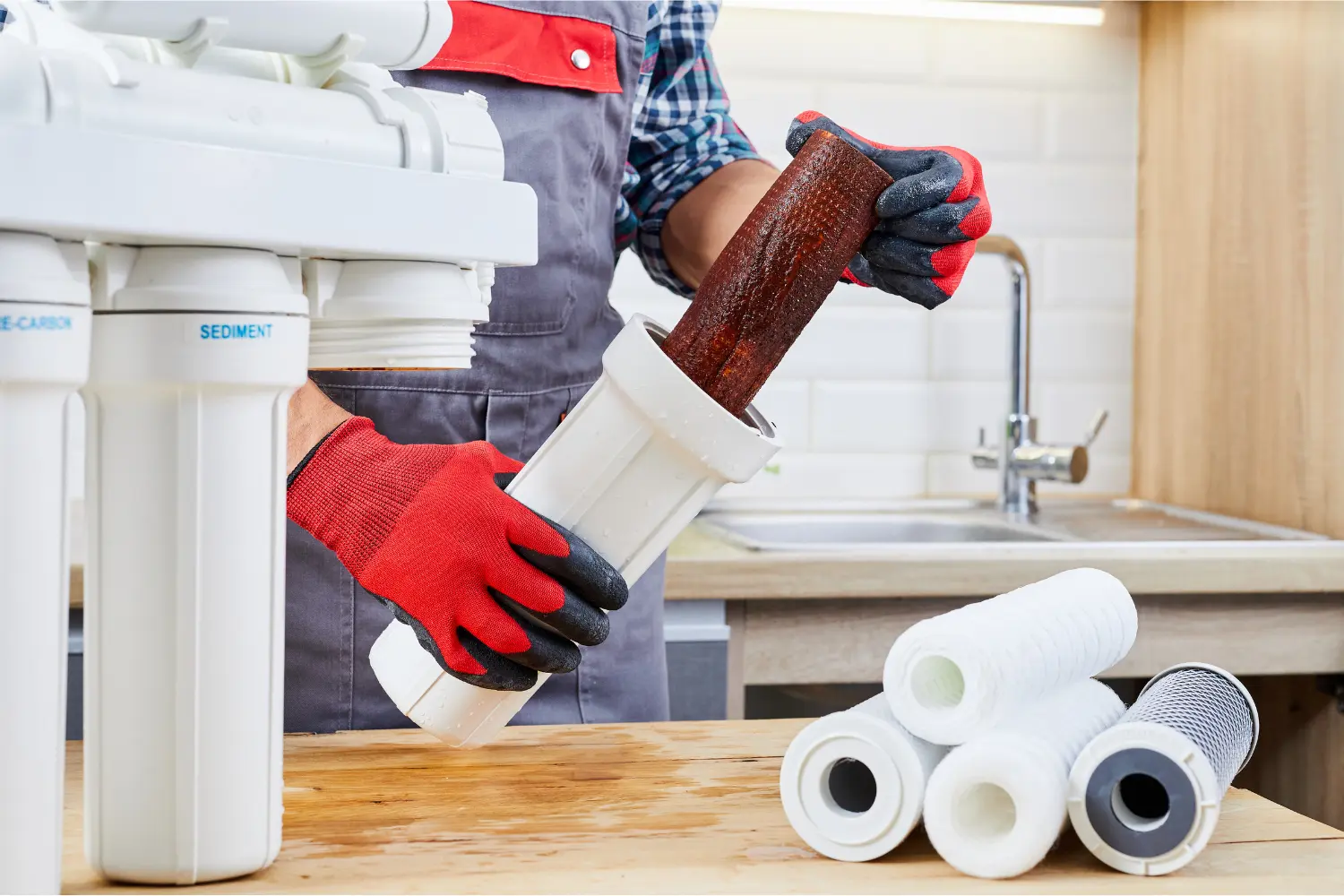




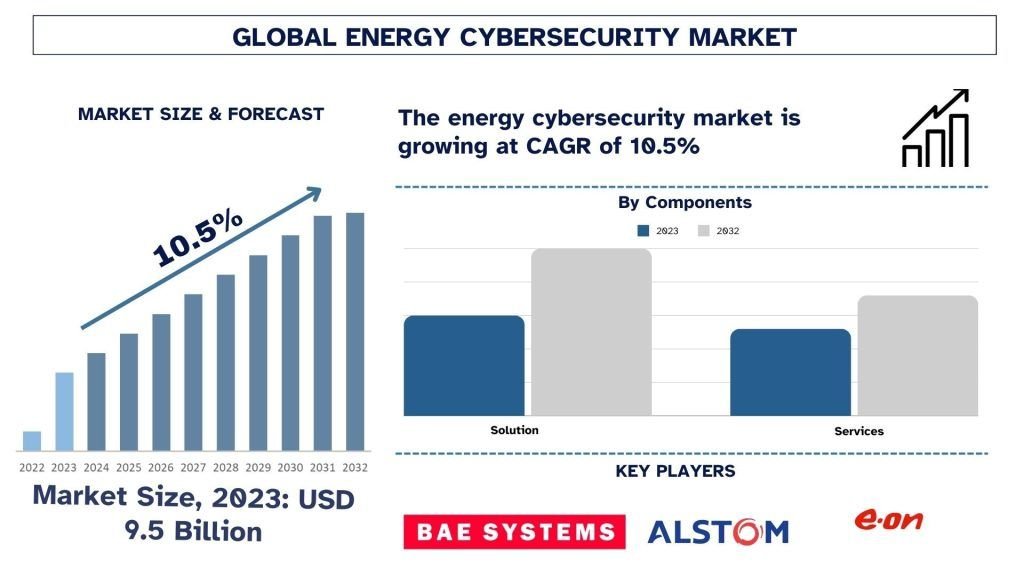
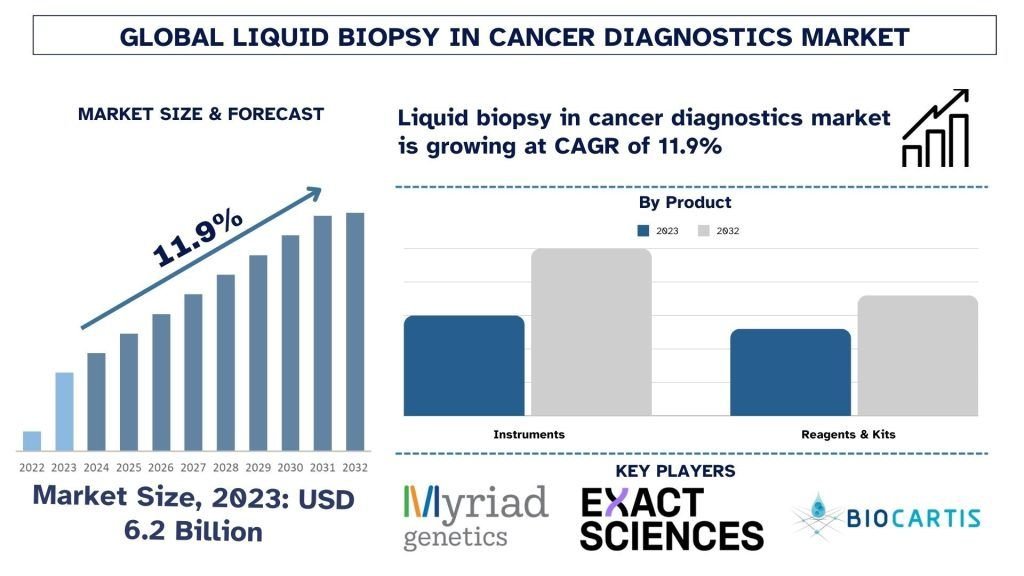
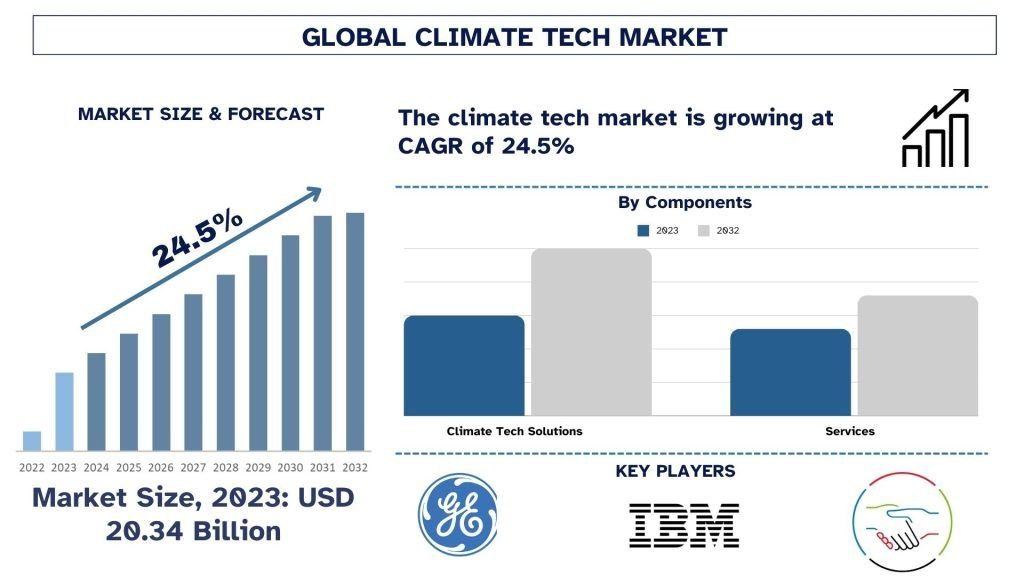
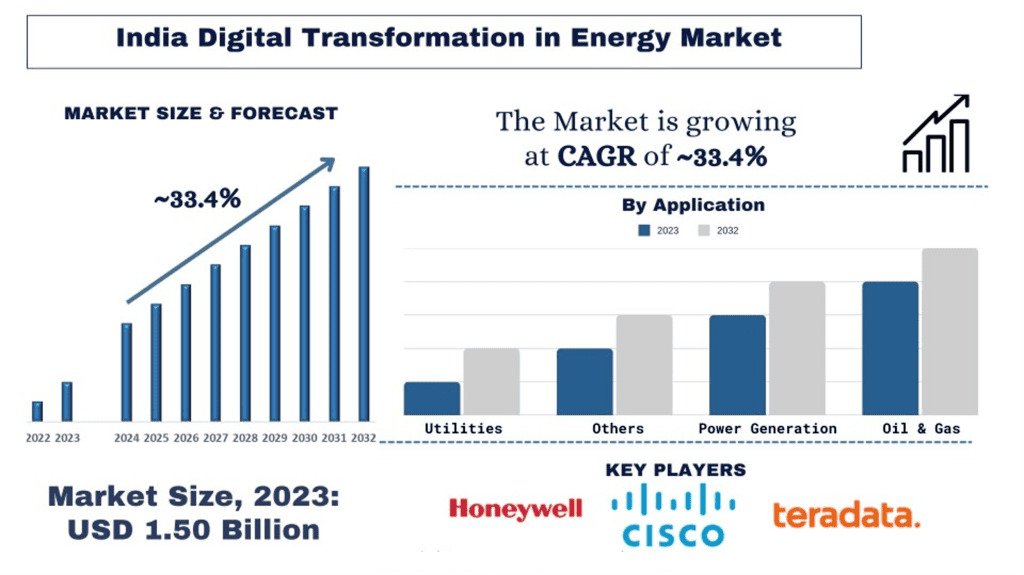
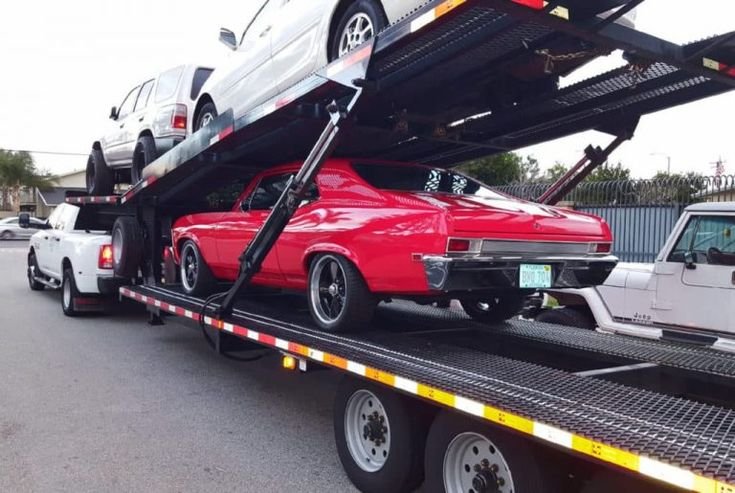
Leave a Reply